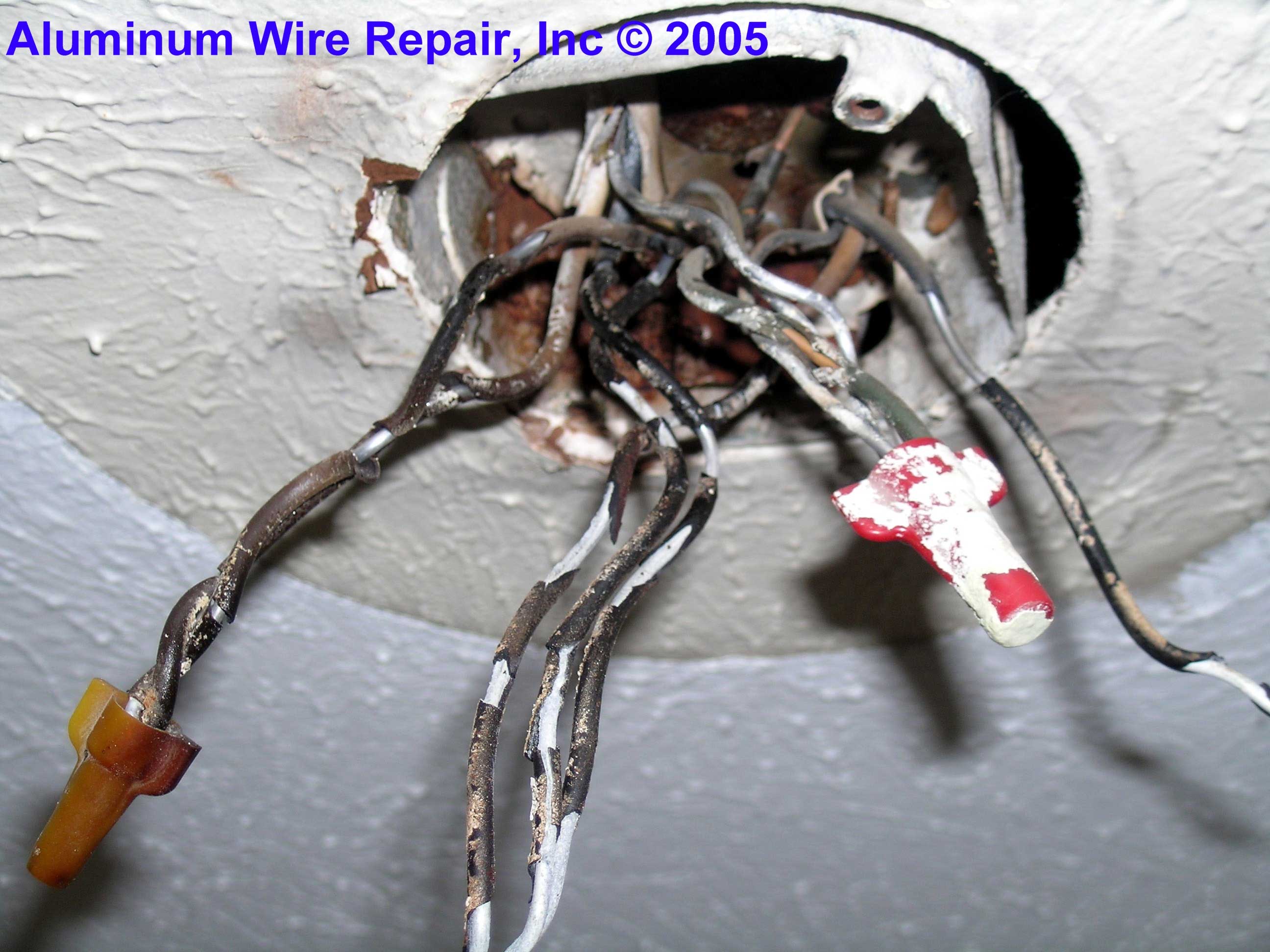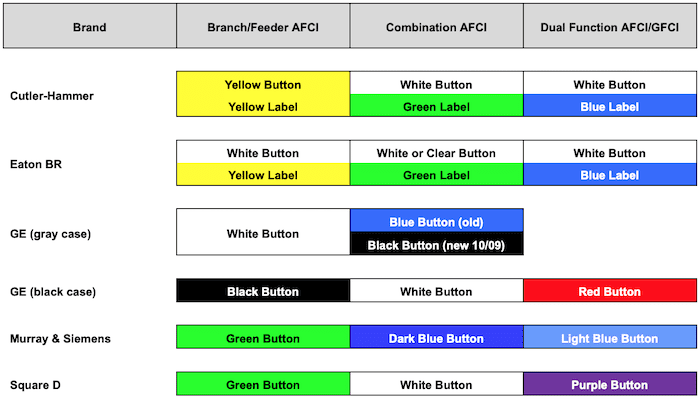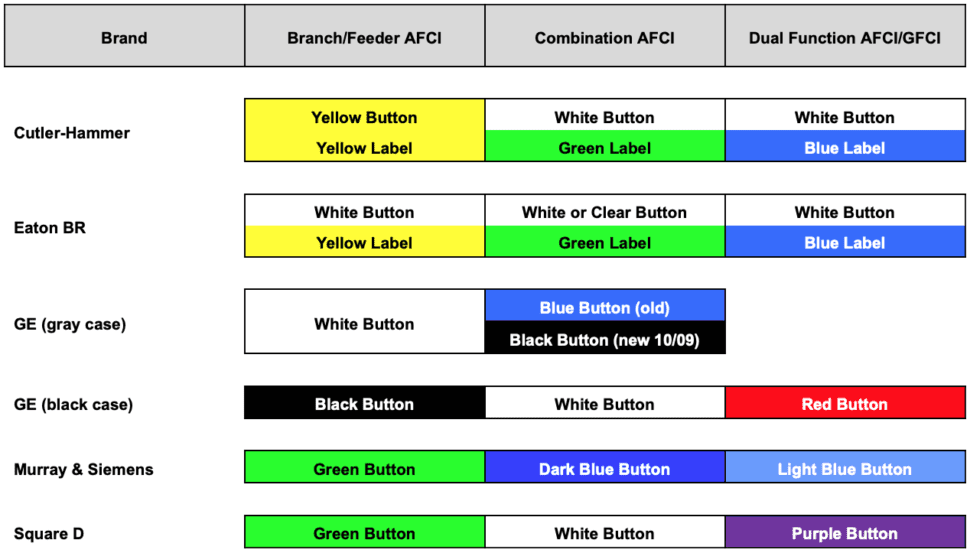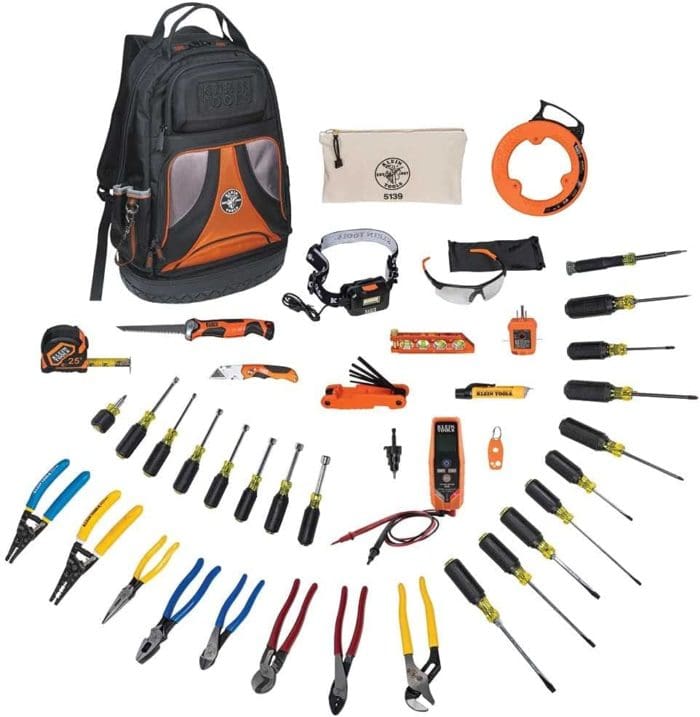
Electricians rely on their tools for areas like safety, accuracy, craftsmanship, and comfort.
Generally, you will see your electrician with an electrical tool kit. Assembling and maintaining this tool kit with the proper tools and gear is a key responsibility for an electrician. Every job you go to can require different electrical components and making sure you have the right tools in your kit is essential.
If you’d like to put your own basic or advanced kit together, visit Klein Tool’s Journey Toolkit Sets for options.
Main Street Electric Company proudly uses Milwaukee Tools. Find out more about their range of power tools and other accessories at your local ACE Hardware store.
Here are 14 common tools you will find in an electrician’s belt:
1. Pliers
Pliers are important for electricians who regularly work with and cut wire. The most commonly used pliers used by an electrician can include needle-nose pliers, side-cutting pliers, and reaming pliers.
2. Screwdrivers
Electricians will always have a variety of screwdrivers for loosening and fastening various pieces of hardware. Many professionals will carry adaptable screwdrivers with interchangeable bits so they’re never stuck without the electrical hand tools they need.
3. Tape Measure
When electricians work with wiring, it’s important to know the lengths of pieces you are cutting and stripping. A simple retractable tape measure will get most jobs in the field done, but there are advanced tape measures on the market that will make the process easier.
4. Electric Drill
Electricians will use an electric drill to help them install new lighting fixtures or disassemble installed hardware to access wiring and other electrical components. This tool is used often since installing lighting fixtures or accessing electrical wiring is a common task asked of an electrician.
5. Level
When installing light fixtures, finding precise points for placement is key. A standard level helps electricians make sure that fixtures, screws, and other installations are where they need to be. Some levels are magnetized for convenience and more accurate readings.
6. Wire Strippers
Wire strippers are essential for professional electricians who frequently have to strip the plastic coating on wires to expose the copper and make customized connections with other wiring or components. There are many wire stripper types and most electricians have various versions ready to use at their next job.
7. Fish Tape
Fish tape is used to run wiring between different electrical components through conduit piping. Fish tape is kept in a retractable coil and can be fed through installed conduit piping. Once the end of the fish tape appears on the opposite side, wiring can be hooked to the tape and the tape can be retracted.
8. Voltage Tester
Electrical work cannot safely begin until power has been cut off in certain parts of the property. A handheld voltage tester allows electricians to test to see if outlets are active and when power has been properly restored for the homeowner.
9. Reaming Bit
To install new or replace old conduits, you connect different segments of piping together to create a wiring route between electrical components. A reaming bit attaches to an electric drill, which widens the opening on one end of the piping and allows it to connect to another segment of piping and complete a secure conduit.
10. Conduit Bender
When determining a wiring route, most electricians plan to run wiring along the corner of the wall in the area they are working. Conduit benders allow electricians to curve conduit piping so electricians can use these routes and make sure that the conduits remain out of the way.
11. Flashlights
As an electrician, sooner or later you’ll have no other option than to work in the dark. Many electricians will be prepared for such a circumstance by carrying flashlights or other work lights in their truck.
12. Insulated Gloves
Electrocution is death or severe injury by electrical shock. Due to this possibility on any given job site, electricians need to take precautions. Electricians should have insulated gloves on them for every job.
13. Safety Glasses
Electricians on their first job or ones that have been working their entire lives should have a pair of safety glasses on hand at every job site. Whether they are inspecting wiring or using power tools, protecting your eyes should be a priority.
14. Circuit Finders
It can be sometimes difficult to know which outlets are connected to which circuit in a house. Electricians now use circuit finders that incorporate two main components: a handheld digital transmitter and small receivers that plug into outlets around the home. It will indicate which circuit which outlet belongs to.
(Source: Florida Technical College)











